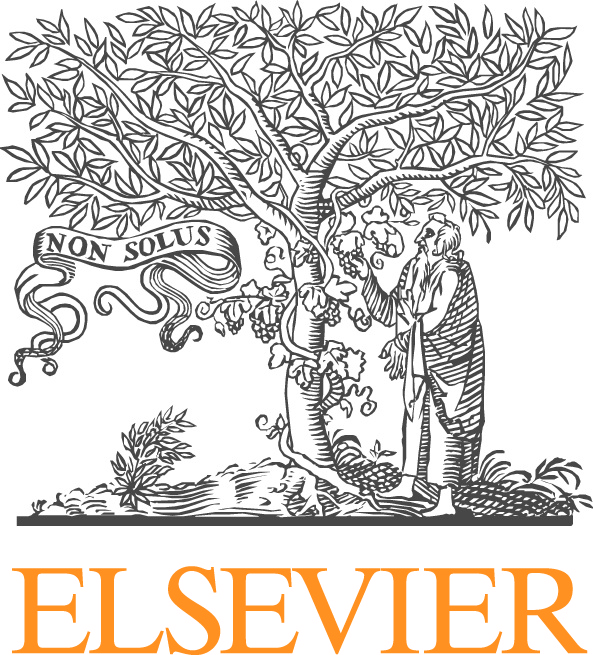Ying Li, University of Connecticut
Xianqiao Wang, University of Georgia
Lucy Zhang, Rensselaer Polytechnic Institute
Zi Chen, Dartmouth College
Mechanics plays a very significant role in biological systems, particularly in biological processes and pathologies. For instance, cells actively sense their environment and respond to or send physical signals from applied forces, geometry, elasticity, and chemistry of the extracellular matrix. Multiple spatial and temporal scales are typically involved due to the hierarchical structure and nested process in these complex biological systems. All these issues bring unprecedented challenges towards the fundamental understanding of molecular, cellular, and tissue mechanics and also create great opportunities to experimental, theoretical and computational researchers alike. These challenges call for close collaborations among scientists from different fields including engineers, physicists, biologists, chemists, and material scientists. The overarching goal of this symposium is to bring together researchers with a variety of backgrounds to exchange ideas, to team up for addressing grand challenge problems, or to initiate new areas of research, with advancement in different computational approaches. The major themes under this symposium include, but are not limited to:
Tissue Mechanics: Constitutive modeling of biological tissues, experimental measurement of tissue properties, tissue remodeling, structure-function relations of tissue, numerical simulations in tissue mechanics, biological and disease applications of tissue mechanics, biomechanics of cartilage and arteries, and related multiscale modeling techniques.
Cellular and Subcellular Mechanics: Cell adhesion, cell motility, mechanical properties of single cells, constitutive and computational modeling of cells, single-cell mechanical testing, cell membrane mechanics, cell cytoskeleton and cell-extracellular matrix interactions, mechanotransduction in cells, morphogenesis, intracellular mechanics, multi-cellular structure formation and organization, cellular uptake of nanoparticles, and related multiscale modeling techniques.
Molecular Mechanics: Deformation of DNA, RNA and proteins, analytic and computational analysis of biomolecules, mechanisms of mechanosensing and mechanotransduction, cell adhesion molecules, mechanics of subcellular structures and organelles, mechanics of endocytosis, viral budding, viral packaging, self-assembly of nanoparticles mediated by organic molecules, and related multiscale modeling techniques.







